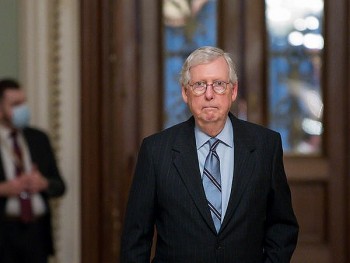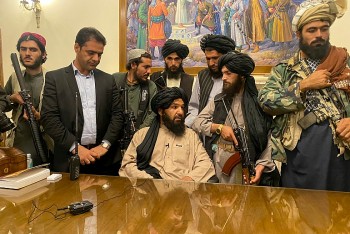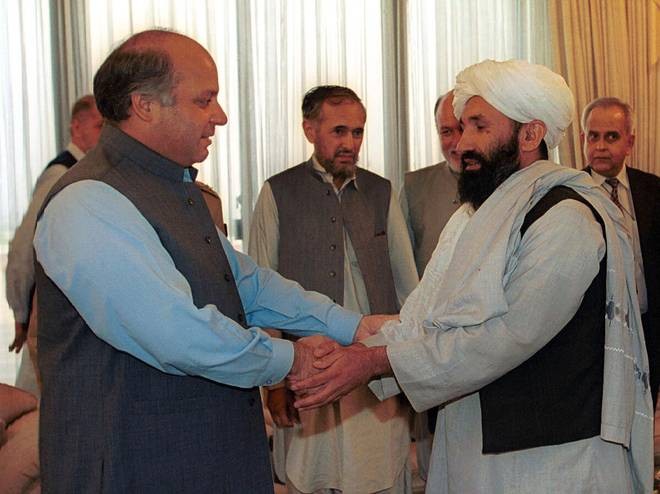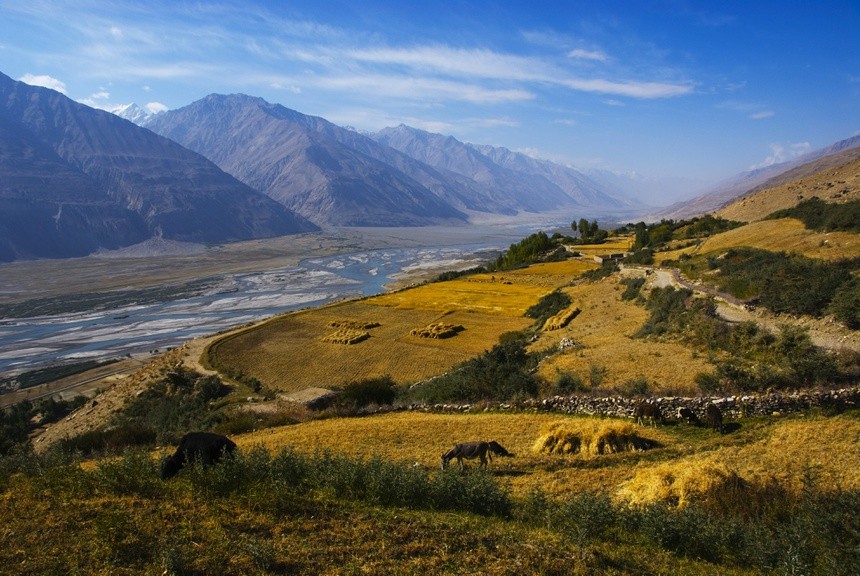Who is Taliban - From a Group of Students to Regime Seizing Power in Afghanistan?
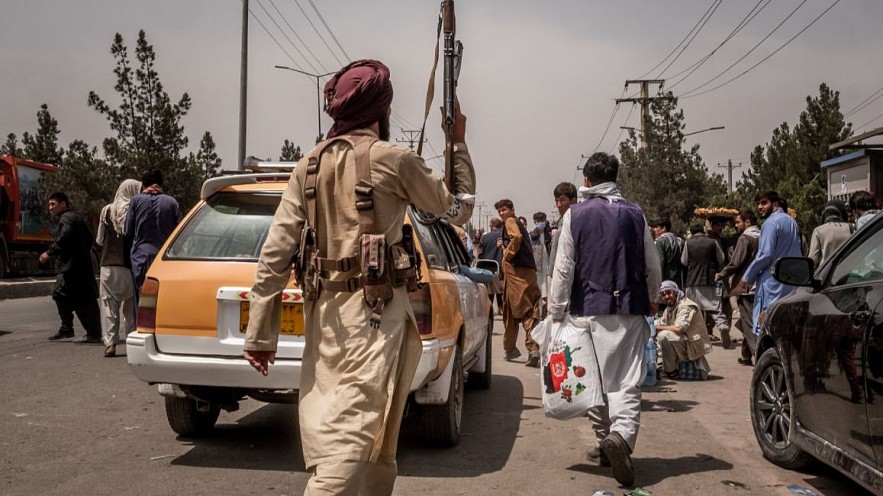 |
| The Taliban faced off against protestors in the northeastern city of Jalalabad. (Photo: NYT) |
Who is the Taliban?
Many leaders of the Taliban prior to the formation of the armed group in early 1990s, fought alongside the Afghan Mujahideen against the Soviet occupation in the 1980s. The Mujahideen received weapons and money from the US as part of its policy against its Cold War foe, according to Al Jazeera.
The Taliban arose in 1994 amid the turmoil that followed the withdrawal of Soviet forces from Afghanistan. The group was rooted in rural areas of Kandahar Province, in the country’s ethnic-Pashtun heartland in the south, said New York Times.
The Soviet Union had invaded Afghanistan in 1979 and withdrew in 1989. Shortly after that, the various factions fell out and began fighting for control. The country fell into warlordism and brutal civil war.
Against this backdrop, the Taliban, with their promise to put Islamic values first and to battle the corruption that drove the warlords’ fighting, quickly attracted a following. Over months of intense fighting, they took over most of the country.
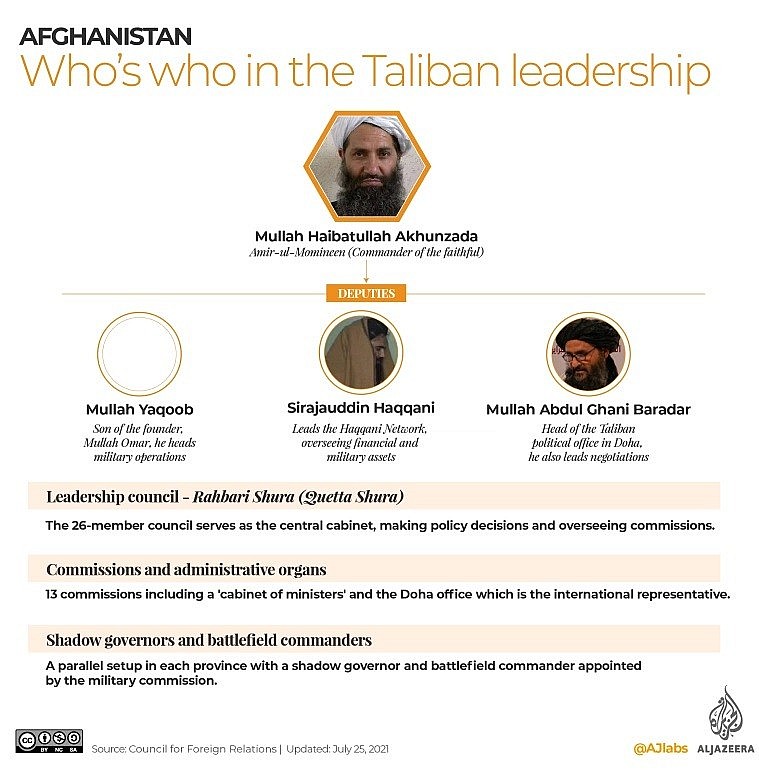 |
| Photo: Al Jazeera |
Who are Taliban's leaders
The Taliban has a clear hierarchy and inheritance. In 2013, many sources said that its leader Mullah Omar died, but the group announced his death in 2015. In 2016, a US drone strike in Pakistan took the life of Mullah Omar's successor, Mullah Akhtar Mohmmad Mansour.
Since then, Mawlawi Haibatullah Akhundzada, a Pashtun from Kandahar who once led the Taliban's Islamic Court System, has become the group's leader. Akhundzada has supreme authority in all political, religious, and military matters.
The Taliban's representation in international cooperation is headquartered in Doha, Qatar. The office, led by Taliban co-founder Mullah Abdul Ghani Baradar, has conducted peace negotiations with the US.
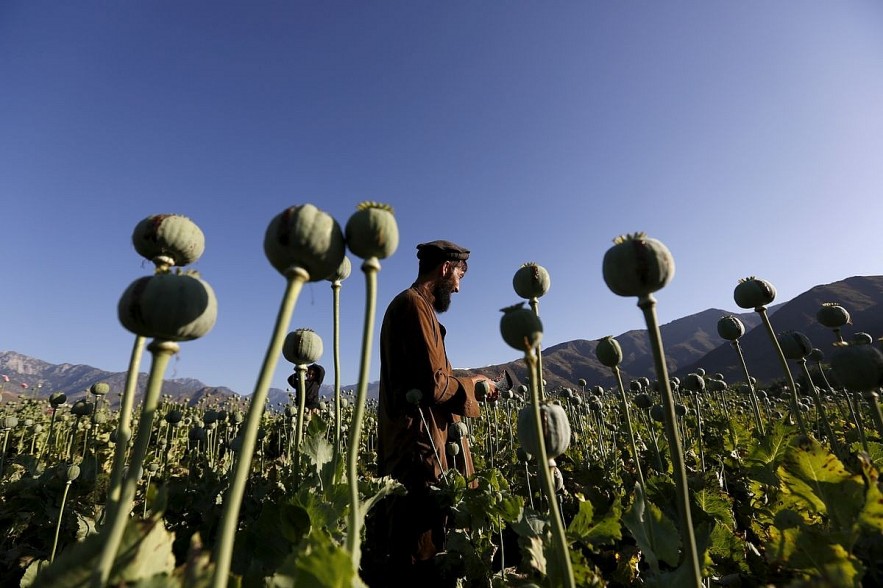 |
| Afghans in a poppy field in Nangarhar province. (Photo: Reuters) |
How is the Taliban funded?
The Taliban gets its funding from a variety of sources. Some money comes from the opium trade and drug dealing, or other crimes such as smuggling. The group taxes and extorts farms and other businesses. The group also gets donations from a wide array of benefactors who support its cause or view it as a useful asset, experts said.
“It’s not really the case that they need a whole lot of money to operate,” Bokhari said. “They don’t live in big houses. They don’t wear fancy clothes. The biggest expense is salary and weapons and training.”
Arms are easy to come by in a region awash in them. Some are donated, others purchased. Many are stolen.
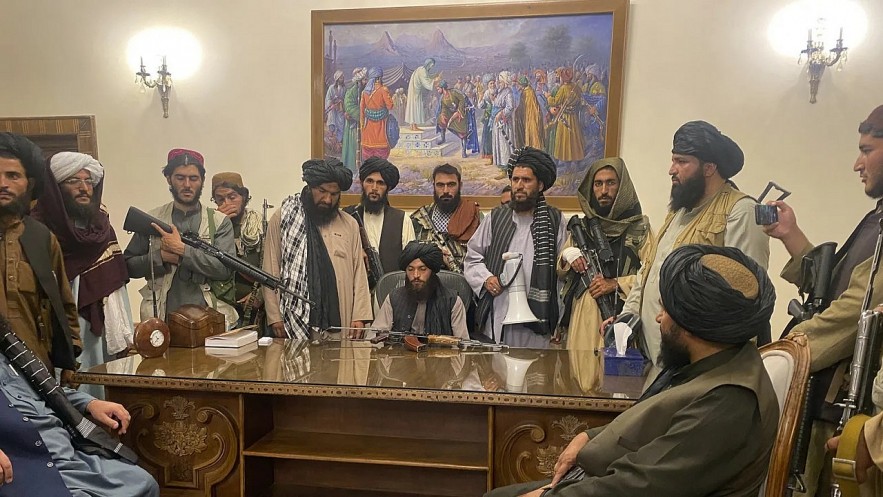 |
| Taliban fighters took control of the Afghan presidential palace after President Ashraf Ghani fled the country on August 15. (Photo: AP) |
Taliban's first ruling the country
In 1996, the Taliban declared an Islamic Emirate, imposing a harsh interpretation of the Quran and enforcing it with brutal public punishments. They also made clear that rival religious practices would not be tolerated. Women had virtually no rights; they were barred from education and forced to wear clothing that completely covered them. Music and other forms of media were banned, according to Washington Post.
Its six-year rule was marked by abuse of ethnic and religious minorities and curbs on seemingly innocuous activities and pastimes such as music and television. Even sports were highly regulated, as male athletes were told what to wear and matches were paused during the five daily prayers.
They did not control the entire country, however. The north, where many of the mujahedeen commanders had taken up occupancy, remained a bastion of resistance. Taliban's government was recognized by only three countries – Saudi Arabia, the United Arab Emirates (UAE), and Pakistan.
In 1999, the United Nations imposed sanctions on the Taliban over its links to al-Qaeda, which was blamed for the 9/11 attacks in the US. In March 2001, the Taliban decided to destroy the historic Buddha statues in Bamiyan province, an act that drew global condemnation.
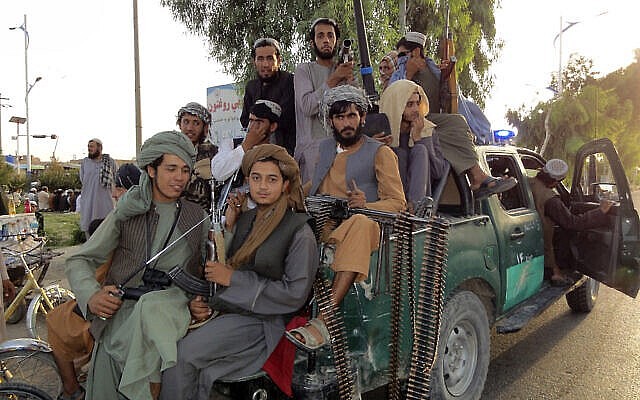 |
| Taliban fighters patrol inside the city of Kandahar province southwest, of Afghanistan. (Photo: AP) |
2001 invasion - the US war in Afghanistan
The US invaded Afghanistan on October 7, 2001, after the Taliban refused to hand over al-Qaeda’s leader, Osama bin Laden, who was hiding in Afghanistan after being initially invited back to the country by former Mujahideen commander Abdul Rab Rassool Sayyaf. Bin Laden was considered the mastermind behind the deadliest attacks on US soil.
In the lead-up to the US invasion, the group had asked the US President George W Bush administration to provide proof of bin Laden’s role in the 9/11 attacks and later for negotiations with Washington. Bush rejected both.
The Taliban was toppled within a couple of months of the start of a bombing campaign by the US and its allies, a new interim government headed by Hamid Karzai was formed in December 2001.
Three years later, a new constitution was declared; it took its cues from the reformed constitution of the 1960s in which women and ethnic minorities were formally granted their rights by the nation’s last king, Mohammad Zahir Shah.
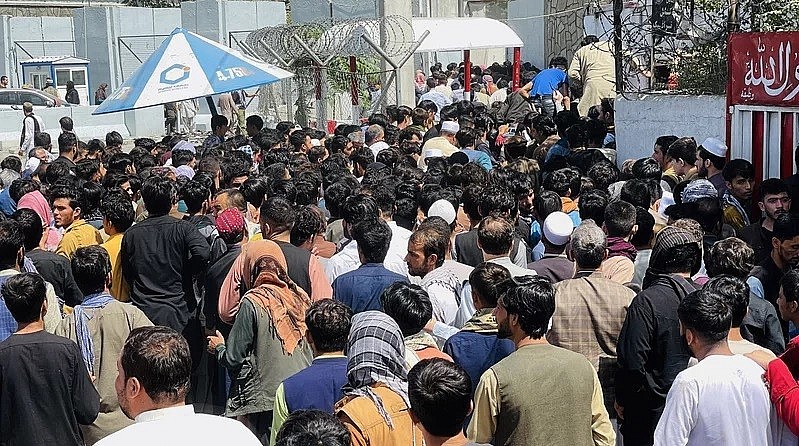 |
| Afghans rush to the Hamid Karzai International Airport as they try to flee the Taliban takeover of Kabul. (Photo: Getty) |
Regain power, seize Kabul for the second time
The U.S. began pouring resources into a new war in Iraq, and American officials told the world that Afghanistan was well on its way to becoming a Western-style democracy with modern institutions. But many Afghans were coming to feel that those foreign institutions were just another way for corrupt leaders to steal money, said New York Times.
By 2006, the toppled Taliban had regrouped and was able to mobilize fighters in its battle against foreign occupiers and its allies. And the group found a rich recruiting vein among the Afghan diaspora in Pakistan, from families who had fled previous violence as refugees and were brought up in religious schools.
The Taliban weathered the storm when President Barack Obama vastly expanded the U.S. military presence in Afghanistan, up to around 100,000 troops in 2010. During this term, President Donald J. Trump made a deal with the Taliban and declared that American forces would leave Afghanistan by mid-2021.
This week, just nine days after the Taliban seized their first provincial capital, the insurgents walked into the capital, Kabul. Taliban rule of Afghanistan has resumed. However, as the Taliban take over Kabul, they are promising a new era of peace in Afghanistan, with amnesty for those they have been battling for two decades and a return to normal life.
However, many Afghans have fled from areas controlled by the Taliban. Thousands of people have also flocked to Kabul airport, looking for a flight to leave the country. As a result, Afghanistan's future remains uncertain.
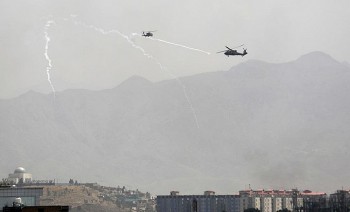 | Vietnam Actively Protect Citizens in Afghanistan Amid Chaos The Vietnam embassy in charge of Afghanistan is conducting citizen protection measures amidst escalating tensions in Afghanistan. |
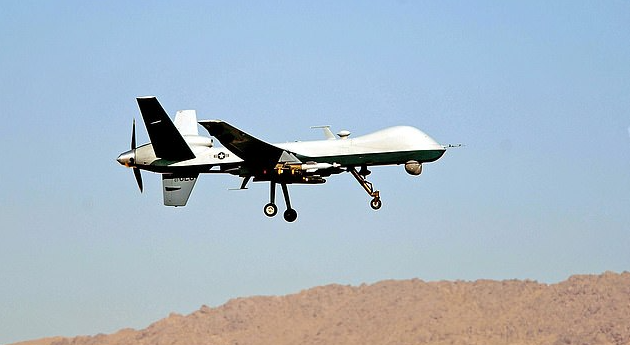 | Biden administration disclosed Trump-era rules on terrorism suspects The Biden administration disclosed Trump-era rules on Friday regulating the use of deadly force against terrorist suspects abroad after the Trump administration refused to make ... |
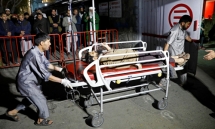 | Suicide bomber kills more than 50 at religious event in Afghanistan A suicide bomber blew himself up in a banqueting hall where Islamic religious scholars had gathered in the Afghan capital Kabul on Tuesday (Nov 20), ... |
Recommended
 World
World
Thailand Positions Itself As a Global Wellness Destination
 World
World
Indonesia Accelerates Procedures to Join OECD
 World
World
South Korea elects Lee Jae-myung president
 World
World
22nd Shangri-La Dialogue: Japan, Philippines boost defence cooperation
 World
World
Pakistan NCRC report explores emerging child rights issues
 World
World
"India has right to defend herself against terror," says German Foreign Minister, endorses Op Sindoor
 World
World
‘We stand with India’: Japan, UAE back New Delhi over its global outreach against terror
 World
World

